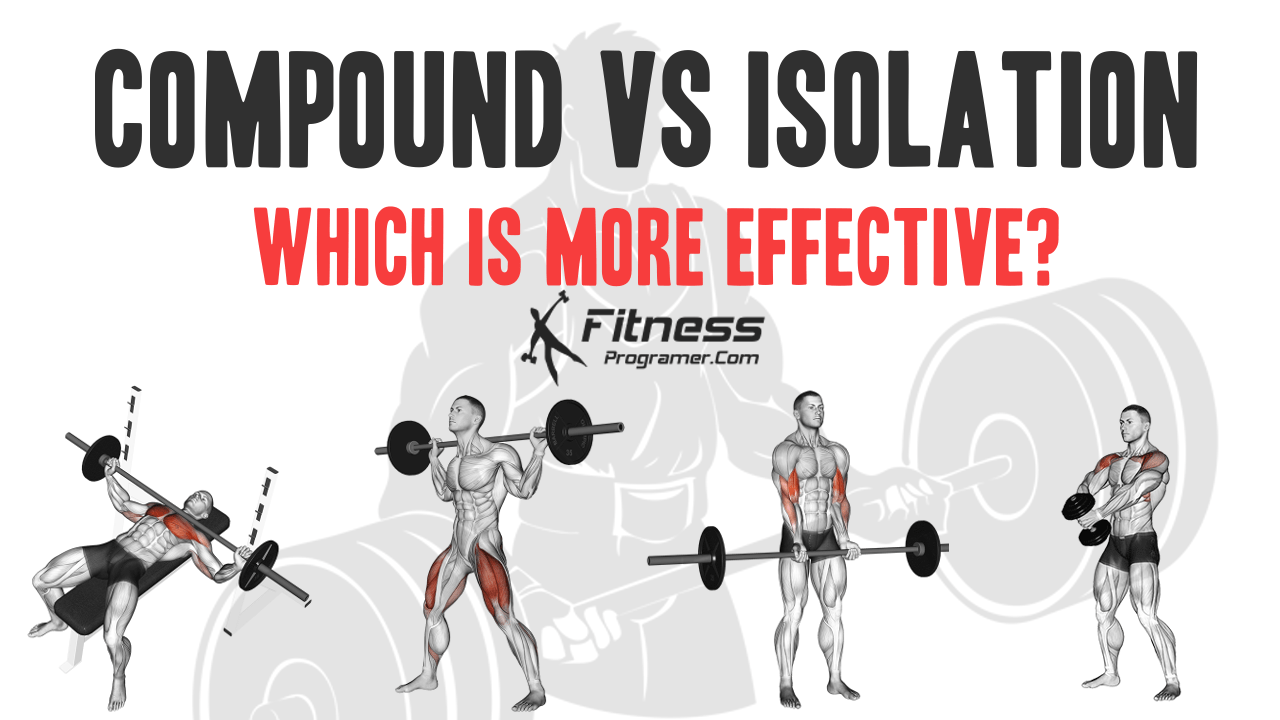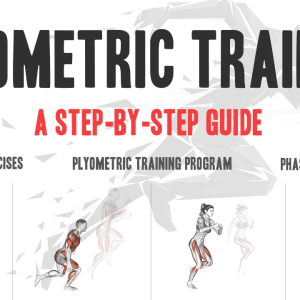Contents
When it comes to strength training, there are two main types of exercises: compound exercises and isolation exercises. Whether compound and isolation exercises are best for your goals depends on what you are trying to achieve with your workouts. Understanding the differences between compound and isolation exercises can help you develop a more effective workout routine tailored to your fitness goals.
In this blog post, we’ll explore the pros and cons of both compound and isolation exercises, and how you can incorporate them into your training routine.
Compound vs Isolation exercises
A. Compound exercises
Compound exercises are multi-joint movements that engage multiple muscle groups at the same time. Examples include squats, deadlifts, bench presses, and pull-ups. These exercises are generally considered to be more functional and effective at building overall strength and muscle mass compared to isolation exercises [1]. They also tend to be more challenging and require more energy, which means they’re best done at the beginning of your workout when your energy levels are highest.



Pros:
Efficient use of time: Compound exercises allow you to work multiple muscle groups at once, which means you can get a full-body workout in less time than it would take to do isolation exercises.
Increased strength: Compound exercises are generally more effective at building overall strength than isolation exercises because they engage multiple muscle groups at the same time.
More functional movement: Many compound exercises mimic movements that are common in everyday life, such as lifting objects or climbing stairs. This makes them more practical and functional for daily activities.
Increased calorie burn: Because compound exercises engage more muscle groups, they can lead to a higher calorie burn during and after your workout, which can help with weight loss.

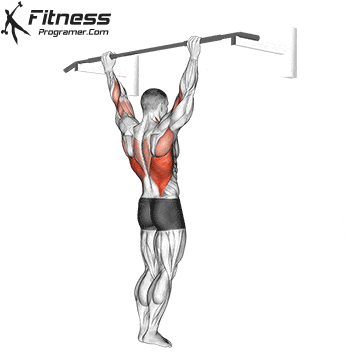

Cons:
Increased risk of injury: Because compound exercises are more complex and require proper form and technique, there is a higher risk of injury if you don’t use proper form or if you attempt to lift too much weight too quickly.
Greater muscular fatigue: Because compound exercises work multiple muscle groups, they can lead to greater muscular fatigue compared to isolation exercises. This can make it more challenging to perform other exercises effectively.
Limited isolation of specific muscle groups: While compound exercises are great for building overall strength, they may not be as effective at isolating specific muscle groups as isolation exercises.
More challenging for beginners: Compound exercises require more strength, coordination, and technique compared to isolation exercises, which can make them more challenging for beginners who are just starting out with strength training.
In summary, compound exercises are an effective and efficient way to build overall strength and improve functional movement. However, they do come with some risks and challenges, especially for beginners. It’s important to use proper form and technique, gradually increase weight and intensity over time, and incorporate a variety of exercises into your workout routine to achieve optimal results.
B. Isolation exercises
On the other hand, isolation exercises are single-joint movements that focus on a specific muscle group. Examples include bicep curls, lateral raises, tricep extensions, and calf raises. These exercises are great for targeting a specific muscle group, building muscle size, and improving muscle definition. They also tend to be less challenging and require less energy, making them a good choice for the end of your workout when you’re more fatigued.
These exercises are often saved for later in a workout, after you’ve fatigued your larger muscle groups. This targeted approach further fatigues specific muscle groups, potentially enhancing hypertrophy and workout efficacy.
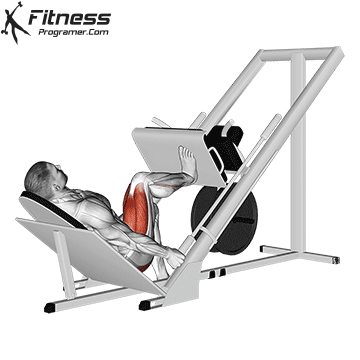
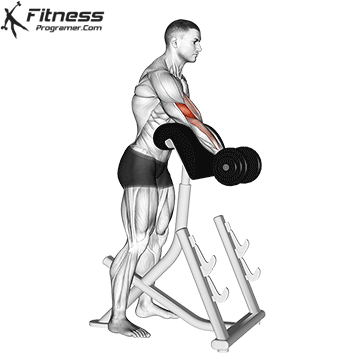

Pros:
Targeted muscle development: Isolation exercises allow you to specifically target and isolate individual muscle groups, which can be helpful for building muscle size and improving muscle definition. In particular, it can be helpful in correcting muscle imbalances or weaknesses that may develop as a result of injury or other physical limitations.
Increased muscular endurance: Because isolation exercises work specific muscle groups, they can help improve muscular endurance and reduce muscular imbalances.
Lower risk of injury: Isolation exercises are generally simpler and less complex than compound exercises, which means there is a lower risk of injury if you use proper form and technique.
Easier for beginners: Isolation exercises are generally easier for beginners to perform because they require less coordination and technique compared to compound exercises.

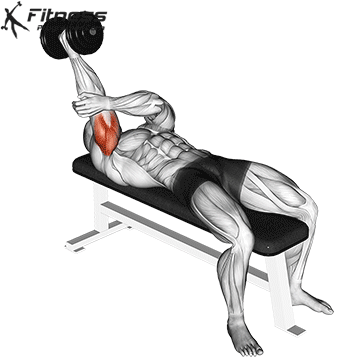
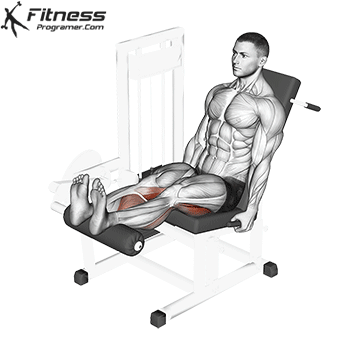
Cons:
Less efficient use of time: Isolation exercises work only one muscle group at a time, which means you may need to do more exercises to work all the muscle groups in your body. This can make your workouts longer and less efficient.
Limited functional movement: Isolation exercises focus on specific muscle groups and do not necessarily mimic movements that are common in everyday life. This means they may not be as practical or functional for daily activities.
Limited strength development: While isolation exercises are effective at building muscle size and definition, they may not be as effective at building overall strength compared to compound exercises.
Limited calorie burn: Isolation exercises engage fewer muscle groups compared to compound exercises, which means they burn fewer calories during and after your workout.
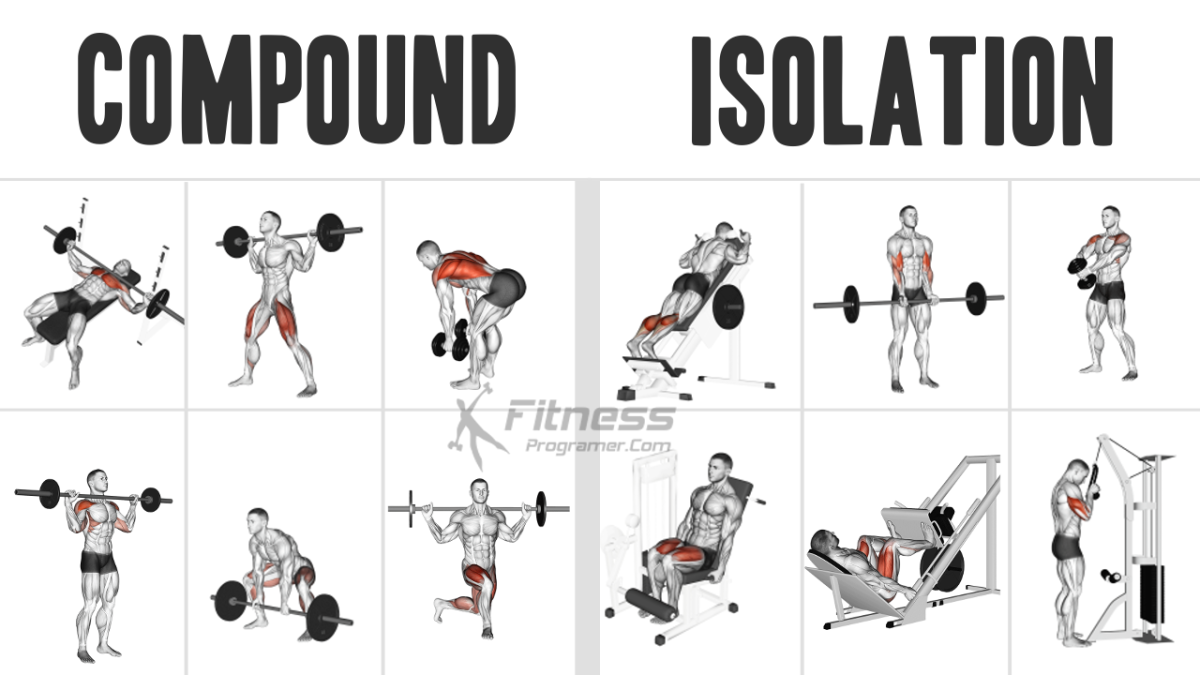
Compound vs Isolation? So, which should you do first?
If your goal is to build overall strength and muscle mass, starting with compound exercises is a good idea. By engaging multiple muscle groups at once, you’ll be able to lift heavier weights and activate more muscle fibers, which can lead to more significant gains.
On the other hand, isolation exercises are an effective way to target specific muscle groups, improve muscular endurance, and reduce the risk of injury. However, they may not be as efficient at building overall strength or burning calories compared to compound exercises.
In summary, It’s important to use a combination of both isolation and compound exercises in your workout routine to achieve a balanced and effective workout. In conclusion, exercise sequence plays a critical role in achieving optimal muscle activation during a workout. Starting with compound exercises, targeting specific muscle groups, and finishing with isolation exercises can help to maximize muscle activation and growth.
Examples of compound and isolated exercises for different muscle groups
Chest:
- Barbell bench press (compound)
- Incline dumbbell press (compound)
- Dumbbell flys (isolation)
Legs:
- Squats (compound)
- Leg press (isolation)
- Leg extensions (isolation)
Back:
- Pull-ups (compound)
- Lat pull-downs (compound)
- Straight arm lat pulldown (isolation)
Shoulders:
- Military press (compound)
- Lateral raises (isolation)
- Rear delt flys (isolation)

